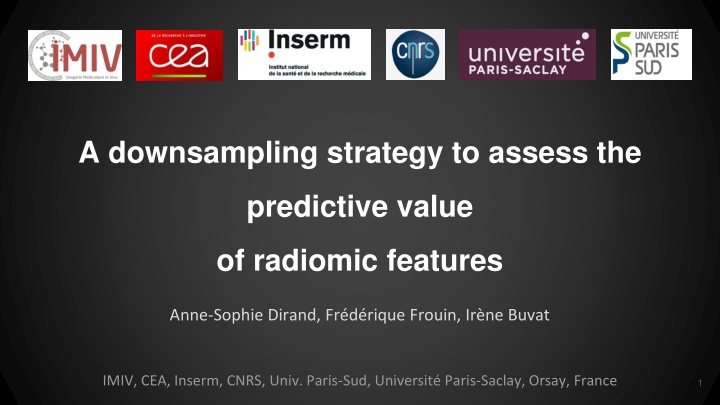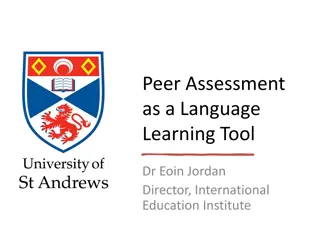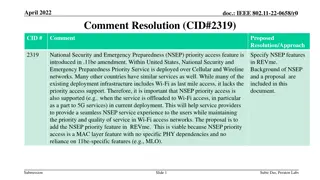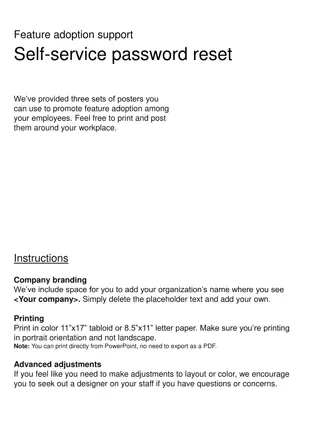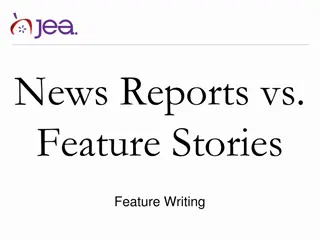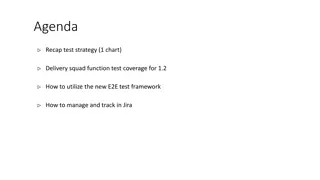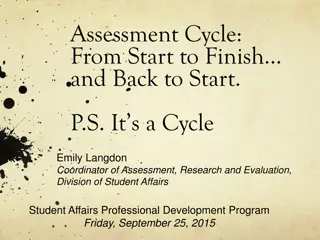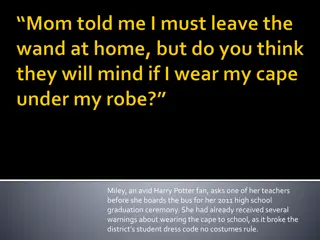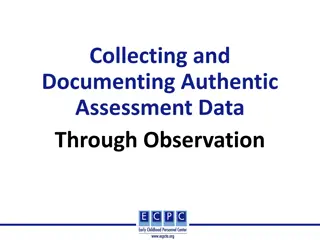Radiomic Feature Assessment Through Downsampling Strategy
Radiomics involves extracting quantitative features from medical images to help in diagnosis, treatment response prediction, and prognosis. However, a recurrent problem in radiomics is the lack of satisfying classification or prediction models due to insufficient data or irrelevant information. To address this issue, a downsampling strategy is proposed to assess the predictive value of radiomic features and account for experimental conditions. Various classification methods and performance metrics are used to evaluate the impact of downsampling on model building and predictive performance.
Download Presentation

Please find below an Image/Link to download the presentation.
The content on the website is provided AS IS for your information and personal use only. It may not be sold, licensed, or shared on other websites without obtaining consent from the author.If you encounter any issues during the download, it is possible that the publisher has removed the file from their server.
You are allowed to download the files provided on this website for personal or commercial use, subject to the condition that they are used lawfully. All files are the property of their respective owners.
The content on the website is provided AS IS for your information and personal use only. It may not be sold, licensed, or shared on other websites without obtaining consent from the author.
E N D
Presentation Transcript
A downsampling strategy to assess the predictive value of radiomic features Anne-Sophie Dirand, Fr d rique Frouin, Ir ne Buvat IMIV, CEA, Inserm, CNRS, Univ. Paris-Sud, Universit Paris-Saclay, Orsay, France 1
What is radiomics / Why? First order features computation Lesion delineation Medical images Model building Discretization Precision medicine PET/CT MRI CT Ultrasound Tumor characteristics Response to treatment Prognosis Texture matrices computatio n Texture features computatio n Orlhac F. thesis 2
Recurrent problem in radiomics No satisfying classification/prediction model is found because No information in the data? Not enough patients? Add other type of data Enlarge cohort 3
Goal Predicting the performance to be expected when building a classification model based on radiomic features by accounting for the experimental conditions Distinguishing between no relevant information and insufficient number of patients 4
Material and Methods Cohort of N patients with 2 status. X features for each patient. Classifying methods : Multivariate models : Machine learning (ML) : Logistic regression (LR), Support vector machine (SVM), Least Absolute Shrinkage and Selection Operator (LASSO) Feature reduction methods : Recursive Feature Elimination (RFE), Principal Component Analysis (PCA), univariate ROC analysis (ROC) Performance metrics : Area Under the Curve (AUC) & Youden index (sensitivity + specificity - 1) 5
Material and Methods Machine Learning Training set & Validation Set (TRS & VS) SKFCV (K folds) .. . Fold 1 50 runs (i from 1 to 50) .. . Fold 2 .. . Fold K 6
Material and Methods Downsampling method 7
Material and Methods Determination of Nc Prediction ML Nc Determination of Yeccm Yeccm Nc 8
Cohorts Cohort 1 [1] : 414 PET images of patients with lung lesions (303 primary lesions / 111 metastases). 43 features per patient. Cohort 2 [2] : 569 fine needle aspiration images of breast (357 benign masses / 212 malignant masses). 30 features per image. Synthetic cohorts 1 & 2 : 2 synthetic cohorts with no predictive information created from cohorts 1 and 2 by arbitrarily assigning one of the 2 status to each patient. [1] Kirienko et al, Eur J Nucl Med Mol Imaging, 45:1649-1660, 2018. [2] Wolberg et al, Hum Pathol 26:792-796, 1995. 9
Material and Methods Number of patients Synthetic cohort 1 Synthetic cohort 2 ML Cohort 1 Cohort 2 From XX patients 220 73 220 73 To XX patients 36 19 36 19 Step S 8 3 8 3 Number of experimental conditions (EC) 216 171 120 95 24 x 9 number of ML methods number of patient s possibilities to start with 10
Material and Methods Evaluation of the prediction QF1 QF1 Youden obtained with all the patients QF2 Curve fitting + Experimental points QF1 = how far the prediction is from the reachable value at stability (the smaller, the better) QF2 = how far the obtained performance with N patients is from the reachable value at stability 11
Results Real cohorts Synthetic cohorts 12
Results Example of use Determination of Nc Nc Cohort of 88 patients : downsampling done with 84 out of these 88 patients QF1 = 0.07 Yeccm QF2 = 0.35 Nc 13
Discussion / Conclusion Downsampling approach : lead to a better estimate of the performance to be expected does not conclude at the presence of information if there is none distinguishes cases with discriminant information but not enough patients from cases without any discriminant information 14
Thank you for your attention ! Anne-Sophie Dirand dirandannesophie@gmail.com 15
